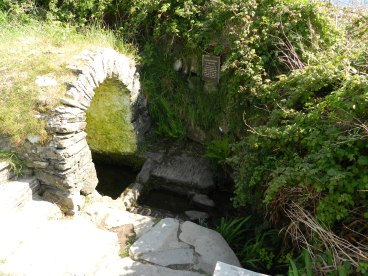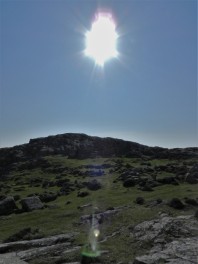
Sage, photo © David Kopacz, 2018
Joseph Rael and I have just had an article published in the International Journal of Professional Holistic Aromatherapy entitled, “Sage – The Wise One.” (IJPHA, Volume 6, Issue 4, Spring 2018).
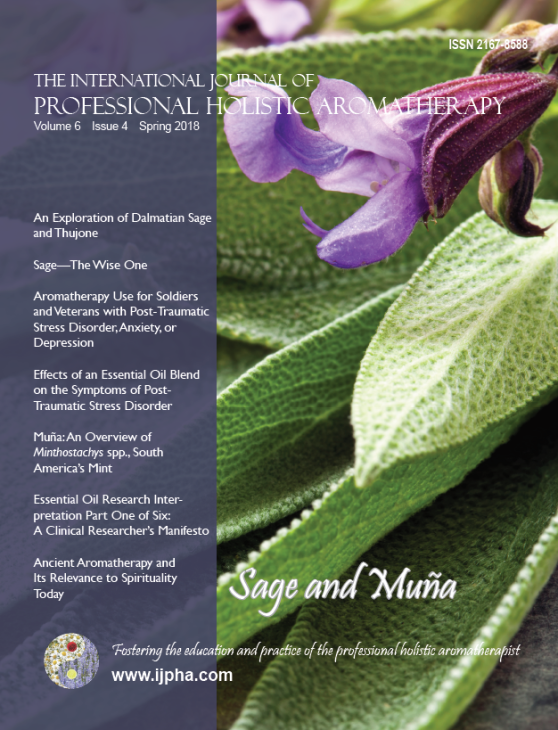
The article is only available through subscription to the journal, or it will be eventually available as a back issue after the next issue is published.
I will just give a few excerpts here:
“I have been working with Joseph Rael, whose Tiwa name is Beautiful Painted Arrow. Joseph is of the Southern Ute tribe, but spent much of his childhood at the Tiwa-speaking Picuris Pueblo, in northern New Mexico. I asked Joseph for some teachings about plant medicine for this article. Joseph often teaches using the medicine wheel and I thought maybe he could teach me about a plant for each direction of the wheel. However, he went straight to the heart, straight to the center of the medicine wheel, and said there is only one plant that we really need to understand with the medicine wheel—Sage.”

Paua Shell and Sage, photo © David Kopacz, 2018
“I recently visited Joseph in Colorado. While driving around he always talks about different ideas and teachings. Several times he commented on Sage as we were driving. He said when an area opens up, for example if there is a fire or a place is abandoned, “Sage is the first plant to fill in the empty spaces.” That reminded me of something else he had been teaching lately, that “God is in the empty spaces, not in the words.” The word for God in the Tiwa language of Picuris Pueblo is Wah-Mah-Chi, Breath-Matter-Movement. Breath is one of the ways that we come into a relationship with the plant world. Breath is one of the functions of God, Spirit, or what Joseph sometimes calls “Vast Self.” Breathing in the scents and aromas of plants is therefore working through the spirit of Wah Mah Chi—it is breath moving the matter of plant medicine, connecting inner and outer worlds.”

“Sage Woman Becomes Visible” © Joseph Rael, 2008
After speaking about Sage, Joseph continued by speaking about the secret mysteries:
Mysteries—you get insights into consciousness, but you will not ‘get it’ until you get to a certain level of essence and spiritual understanding.
Secret—in your work, in my work, in everybody’s work, you have to dig it up, you have to bring up the secret from the darkness of the earth and bring it up.

“Power of the Purple Sage Being,” © Joseph Rael, 2016
We close the article with the following:
“May we have the Sage wisdom to find the place of goodness within our hearts and bring it forth into this divisive world of trauma and suffering. Aho!”




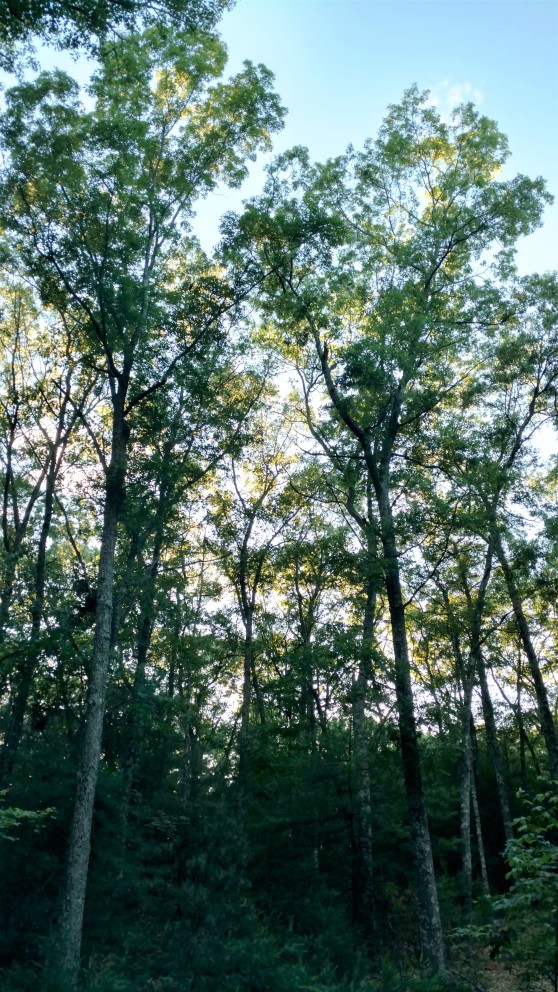










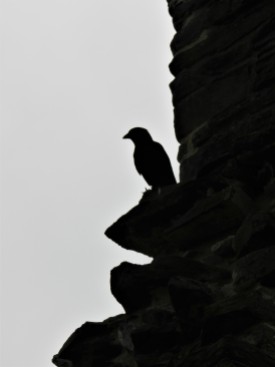






 Badger Mural
Badger Mural
